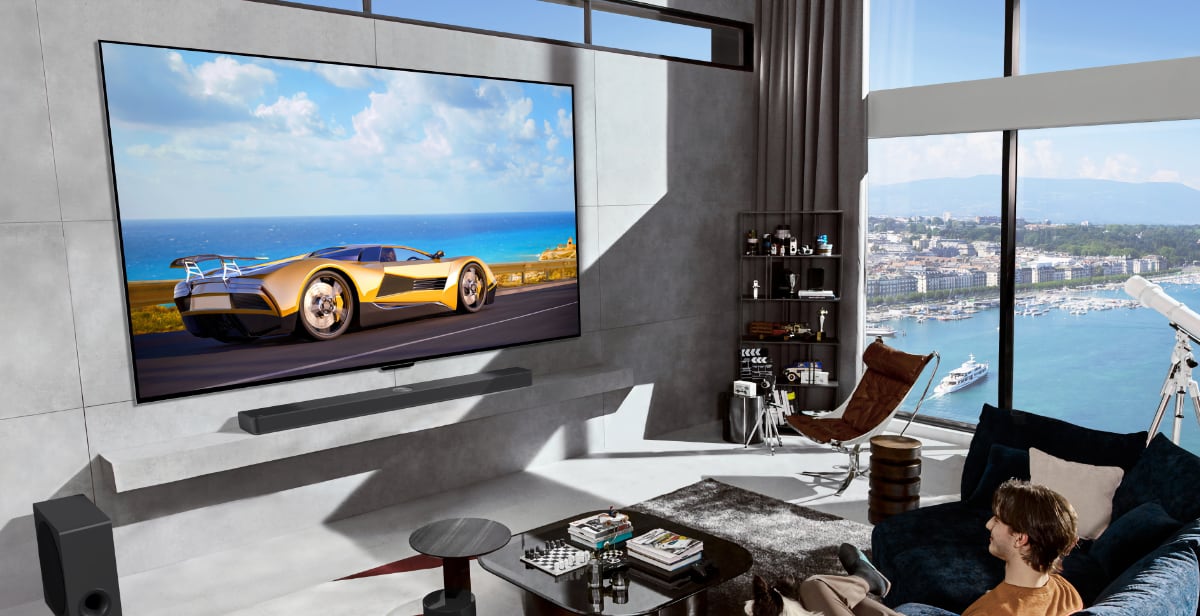Vincent just mentioned that these have a 5 year warranty on their panels, meaning they guarantee you won't have burn in for that long.
But OS updates are separate from that, of course.
For example, I bought a 55" LG B7 back in Nov 2017, since it was announced in Jan 2017.
And i've kept the LG B7 up to date, using the latest firmware.
The latest firmware stopped on 2022-12-05.
source (search OLED55B7P).
That's 5 years and 11 months since release.
No, I didn't notice a slowdown over time, like cellphones will, due to battery degradation mostly.
That's pretty good I would say.
Another thing you have to know...LG will always prioritize their flagship models with all the latest firmware.
Meaning, if I would have bought the G7 instead, I would have likely got more firmware past that point.
In other words, if you buy the flagships like G or M series, over the middle tiers like B or C series, you'll get more firmware updates over time and you'll also get more feature upgrades (since the latest flagships have better processors so they can handle more features).
I hope that answers your question.
UPDATE:
I just checked the higher tiers than my TV (B7), to see if their firmware is any newer:
1. G7 = same time as mine
2. E7 = same time as mine
3. W7 = same time as mine
I guess I disproved my own theory...haha
Okay, then I guess the only difference becomes if the processor is more capable, they will get features that the weaker processors won't.


